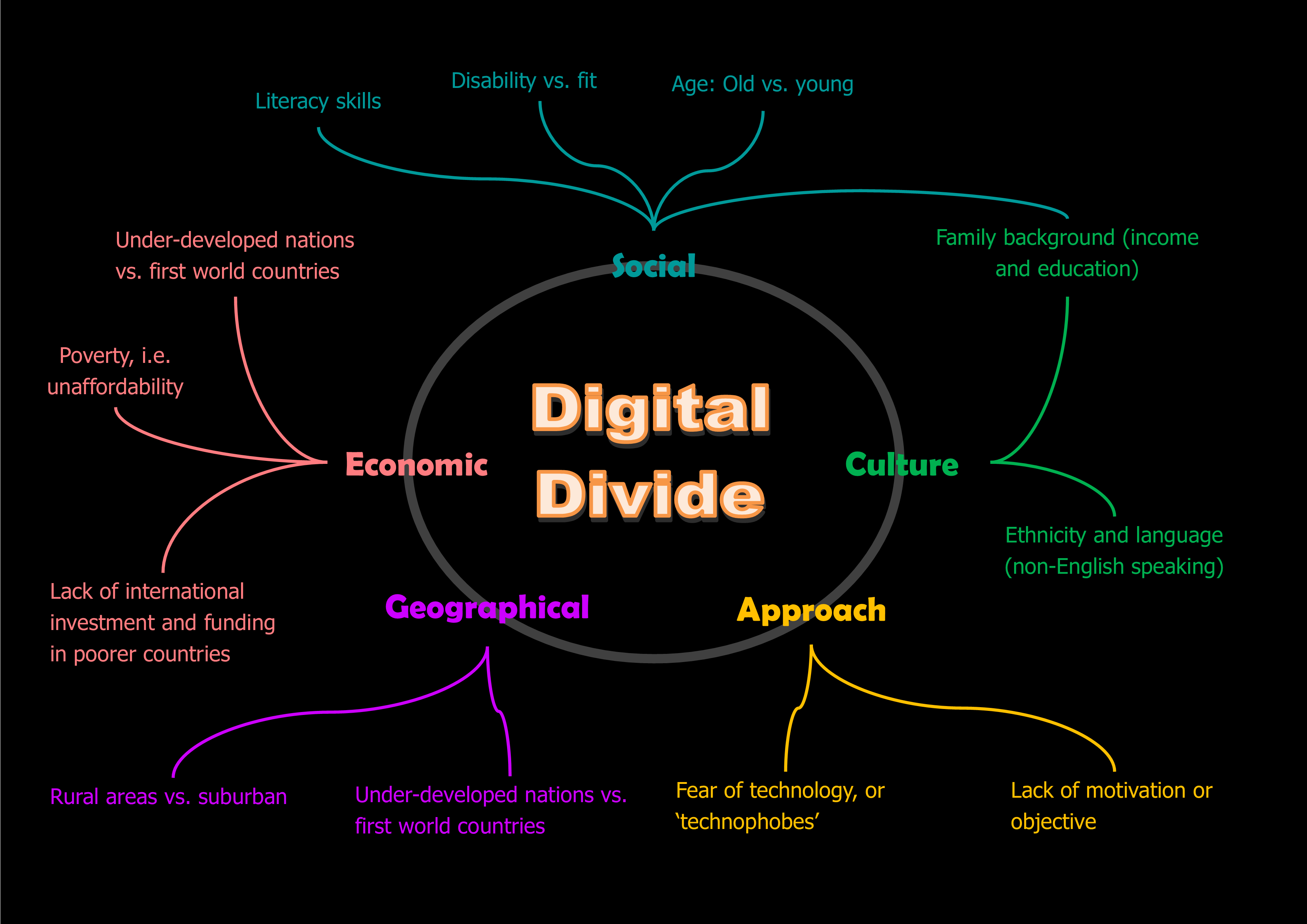On this blog, I chose to add a list gadget to the right side of the page. It provides links to organizations that can assist libraries in providing the proper assistive technology for users with disabilities.
👉👉👉
👉👉👉
👉👉👉
👉👉👉
👉👉👉
👉👉👉
👉👉👉
👉👉👉
👉👉👉
This Blog is part of my learning journey in my LIT 130 course at Palomar Community College in San Marcos, Ca. I chose to write my 4 Blog post with the Theme Assistive Technology.
On this blog, I chose to add a list gadget to the right side of the page. It provides links to organizations that can assist libraries in providing the proper assistive technology for users with disabilities.
👉👉👉
👉👉👉
👉👉👉
👉👉👉
👉👉👉
👉👉👉
👉👉👉
👉👉👉
👉👉👉
With innovative
technology created in what seems like daily, the demographic of library users
also begins to change to “Digital Natives” (Rodenby). I believe libraries
should continue to evolve with technology to serve the digital community.
Enter
Google Books, which has been around for some time, and since 2004 along with
partner libraries made millions of scanned digital copies of books to be easily
searched through (“Google”). It seemed to me that it would be copyright
infringement, however the U.S. 2nd Circuit Court of Appeals did not
see it that way. The court ruled it was “fair use” because Google Books only
used text from the scanned books to create an easy search for similar text sources
(Google). Compared to searching with only keywords, Google Books lets you
search using terms and provides you “snippets” of books, but even Google Books
has restrictions.
A
benefit for the library partner is Google Books provides them with a scanned
digitized copy of the physical book (Koonce). Some libraries have begun creating
their digitized collections, and it takes time, money, and labor to complete.
Rodenby, Thomas.
“Insider’s Perspective. (Cover Story).” Information Today, vol. 36,
no. 3, Apr. 2019, pp. 8–9. EBSCOhost,
search.ebscohost.com/login.aspx?direct=true&db=hch&AN=135938356&site=ehost-live&scope=site.Evaluation
Almost everyone has a mobile device from children to older adults and libraries have had about 20 years in the mobile technology game. Technology is always evolving, and libraries need to keep their mobile knowledge up to par. With a smartphone screen different from a PC’s, layouts need to be modified and “more suitable for the smartphone” (Bohyun). Having accessible top search links on the home screen of mobile sites creates easier accessibility. Some of those would be hours & location, catalog, My account, and collections. Users can also use features to reserve a study room or a computer at their library using mobile technology. I can say I've used my device to check the library hours and renew a book.
Students
at Kent State University had suggestions for their mobile library website such
as catalog searches, placing holds, receiving text when items are available and
reminders for due dates, customizing databases (favorites), and live chat with
the librarian (Bohyun). I agree, that accessing the mobile online library catalog and placing a book on hold is very convenient, especially when you're waiting at the DMV or other places that take lots of your time.
Mobile
technology also has built-in accessibility features to help users with visual
impairment such as screen filters, color invert, digital magnification, and voice-over
features (Biersdorer).
Bohyun
Kim. “The Present and Future of the Library Mobile Experience.” Library
Technology Reports, vol. 49, no. 6, Aug. 2013, pp. 15–28. EBSCOhost,
search.ebscohost.com/login.aspx?direct=true&db=f6h&AN=90405355&site=ehost-live&scope=site.
BIERSDORFER,
J. D. "The Built-In Accessibility Features of iOS." New York
Times (Online)New York Times Company, 2016. ProQuest, login.ezproxy.palomar.edu/login?auth=shibboleth&url=https://www.proquest.com/blogs-podcasts-websites/built-accessibility-features-ios/docview/1845285258/se-2.
 |
| (Assistive Technology) |
Libraries are places where individuals from all ages and walks of life can seek information on almost anything using physical resources, online resources, and information given during library programming. One way libraries are continuously creating ways to bridge the digital divide is by providing assistive technologies per the Americans with Disabilities Act (ADA) making libraries more accessible to individuals with disabilities (Hopkins).
Having assistive
tools in the library helps a partially or completely blind person use assistive technology by sound or
text-to-speech on a computer to access the internet also, a person with mobility
issues might use devices like scanning software, large or small keyboards, and
trackballs (Mates). These technologies in the library are a gem to individuals
who benefit from their use and help make life a little easier.
I found
it fascinating that Andrew Heiskell Braille and Talking Book Library held an
event in 2017 during an eclipse, providing visitors “visually impaired” to hear
and feel the eclipse using verbal descriptions and vibrations (Alfaro) This was
one way the library created inclusivity thanks to the knowledge of staff and Nasa
who created the app. Libraries can seek help from organizations to support
implementing a more inclusive library. You can find some of the links to these organizations on the side bar of this blog.
“Assistive Technology.” State Library Victoria, 20 Feb. 2024, https://libapps-au.s3-ap-southeast-2.amazonaws.com/accounts/2097/images/Assistive_technology.jpeg. Accessed 11 May 2024.
 |
| (Reynolds) |
Individuals
with disabilities face challenges in social, economic, and educational settings
and as “Baby Boomers” age they become susceptible to diseases that affect eyesight,
joints, and cognitive functions, and numbers in this group are predicted to increase
100% by 2030 (Mates). Libraries are digitally
inclusive places, with access to digital resources, support, and skills providing
users with the latest technologies at no cost. Users who may not have had
access previously can benefit from their public library.
By: Estela Perez
On this blog, I chose to add a list gadget to the right side of the page. It provides links to organizations that can assist libraries in pr...